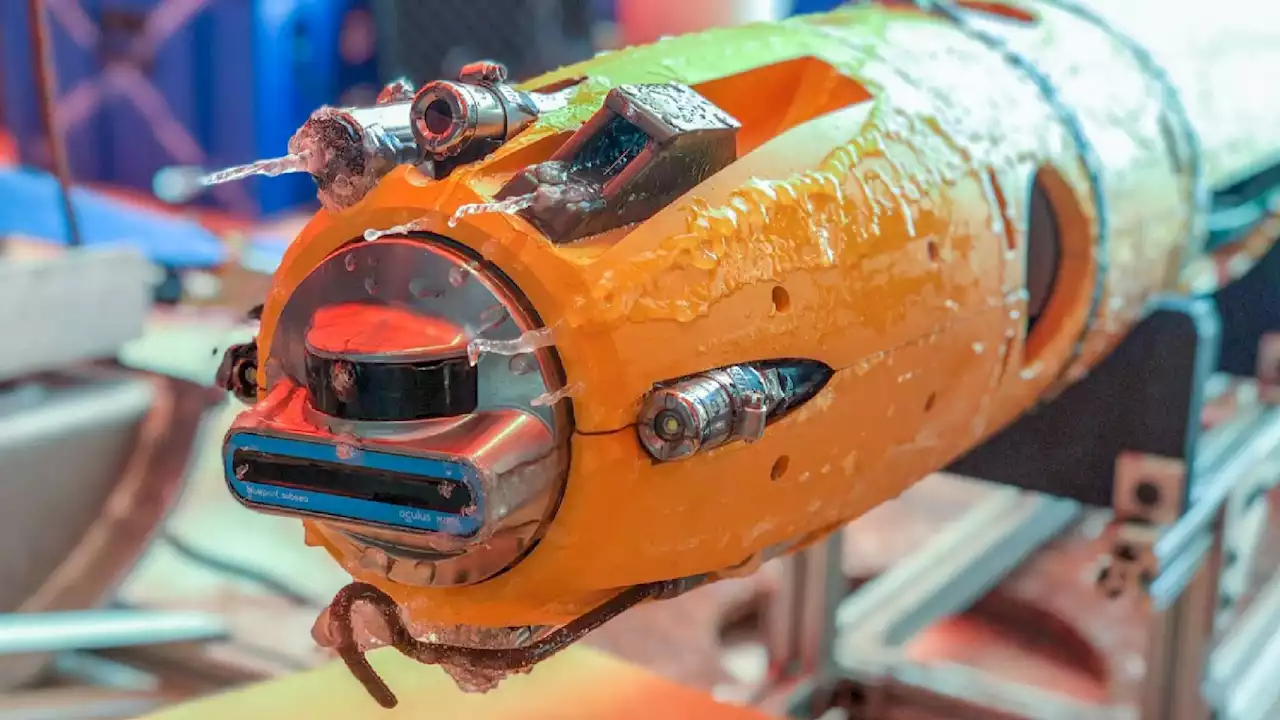Physicists have finally uncovered the mechanism behind the spectacular patchwork of hexagons on salt flats. The answer lies hidden beneath the crust and works like a donut-shaped radiator.
The mesmerizing honeycomb patterns found in salt deserts such as Badwater Basin in California's Death Valley and Salar de Uyuni in Bolivia have perplexed tourists and inspired sci-fi movie-makers for decades. Scientists, too, have struggled to elucidate the mechanism behind the iconic shapes."The fantastic landscape demands an explanation," Lucas Goehring , an associate professor of physics at Nottingham Trent University in England, said in a statement .
Previously, scientists suggested that the cracks and ridges form as the salt crust expands and dries out, bending and fragmenting under the strain. Salt deserts aren't as bone-dry as they seem. Beneath the salt crust sits a layer of extremely salty water, which can be reached by digging with your hands. The water evaporates in the hot summer months, leaving only a blanket of salt, some of which dissolves into the next layer of water. This layer is then more dense than the one below it, and the salty water sinks in a ring that surrounds fresher, less dense water rising to replace it.
Normally, a convection roll would adopt a circular donut shape. Because there are so many of them packed closely together on a salt flat, however, the rolls are squeezed against each other to form hexagons, the researchers said.
Indonesia Berita Terbaru, Indonesia Berita utama
Similar News:Anda juga dapat membaca berita serupa dengan ini yang kami kumpulkan dari sumber berita lain.
 A new robot lets scientists see deep into the Antarctic ice shelfA U.S.-New Zealand research team was able to witness evidence of “ice pumping” in the Antarctic ice shelf thanks to a robot called Icefin.
A new robot lets scientists see deep into the Antarctic ice shelfA U.S.-New Zealand research team was able to witness evidence of “ice pumping” in the Antarctic ice shelf thanks to a robot called Icefin.
Baca lebih lajut »
 Scientists Say They're Near Augmenting Human Bodies With Extra LimbsThere's different approaches to augmenting the human bodies with extra robot parts, and it may not even need to involve tricky brain implants.
Scientists Say They're Near Augmenting Human Bodies With Extra LimbsThere's different approaches to augmenting the human bodies with extra robot parts, and it may not even need to involve tricky brain implants.
Baca lebih lajut »
 Human Brain Unveiled: Scientists Identify Cause of Excessive Gyri FoldingThe characteristic wrinkled surface of the brain is usually associated with enhanced cognitive function, however, excessive folding can have the opposite effect. The human brain's outer layer, known as the cerebral cortex, is characterized by its unique gyri and sulci, or ridges and furrows. This
Human Brain Unveiled: Scientists Identify Cause of Excessive Gyri FoldingThe characteristic wrinkled surface of the brain is usually associated with enhanced cognitive function, however, excessive folding can have the opposite effect. The human brain's outer layer, known as the cerebral cortex, is characterized by its unique gyri and sulci, or ridges and furrows. This
Baca lebih lajut »
 The First Disease Caused by Ingested Plastic Was Just Described by ScientistsOne of the most plastic-contaminated birds in the whole world is silently suffering from a novel, emerging disease scientists have coined 'plasticosis'.
The First Disease Caused by Ingested Plastic Was Just Described by ScientistsOne of the most plastic-contaminated birds in the whole world is silently suffering from a novel, emerging disease scientists have coined 'plasticosis'.
Baca lebih lajut »
 Scientists Discover How To Generate New Neurons in the Adult BrainA team of biologists has discovered how to awaken neural stem cells and reactivate them in adult mice. Some areas of the adult brain contain quiescent, or dormant, neural stem cells that can potentially be reactivated to form new neurons. However, the transition from quiescence to proliferation i
Scientists Discover How To Generate New Neurons in the Adult BrainA team of biologists has discovered how to awaken neural stem cells and reactivate them in adult mice. Some areas of the adult brain contain quiescent, or dormant, neural stem cells that can potentially be reactivated to form new neurons. However, the transition from quiescence to proliferation i
Baca lebih lajut »
